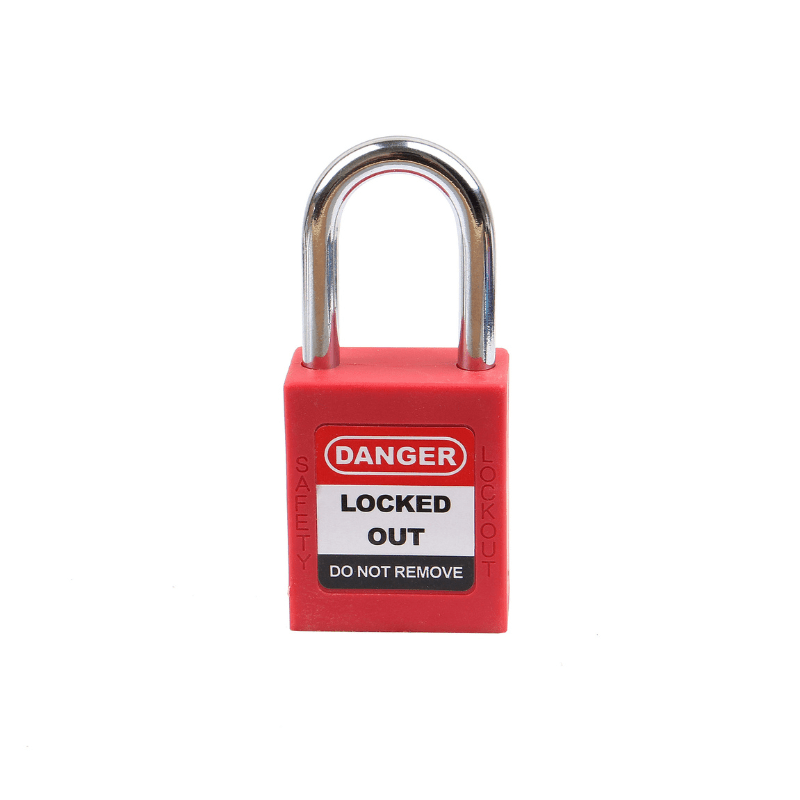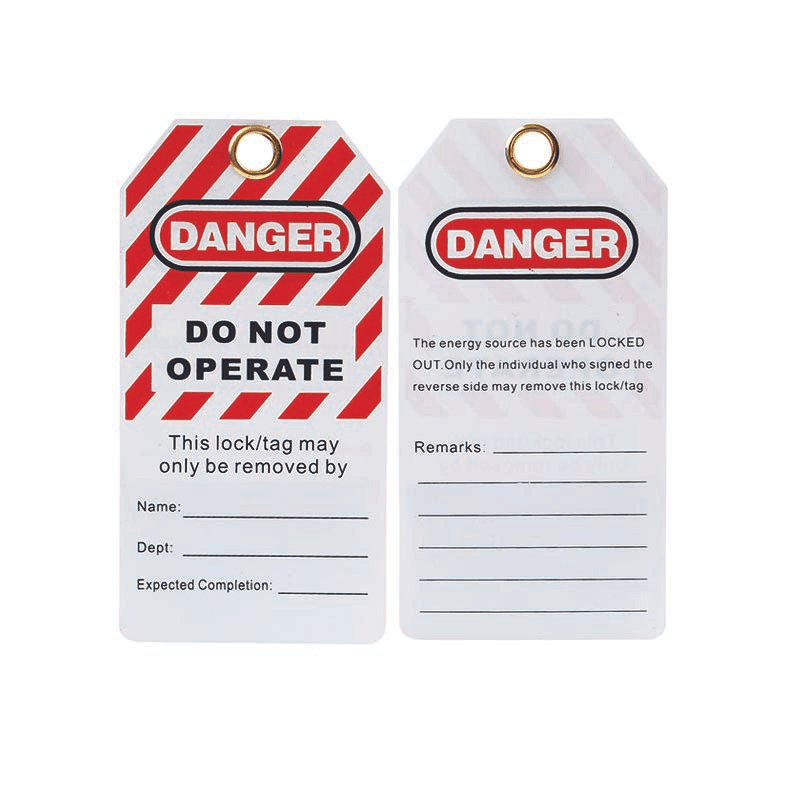If you work on a site where equipment and machinery are powered by electricity, gas, steam, hydraulic pressure, or other forms of energy, you know how dangerous it can be if these energy sources are not controlled properly.
You may have heard of incidents where workers were electrocuted, burned, cut, crushed, or even killed by unexpected energisation or release of energy from equipment they were servicing or maintaining. These incidents could have been prevented if lockout tagout (LOTO) was applied correctly.
LOTO is a safety method that involves putting the appropriate lockout or tagout devices to energy-isolating devices, such as switches, valves and breakers, to prevent the accidental start-up or release of hazardous energy from equipment and machinery. A lockout device is a physical device that secures the energy-isolating device in a safe position, while a tagout device is a warning sign that indicates who is responsible for the lockout and why.
LOTO impacts site safety in many ways. It helps protect workers from injuries and fatalities caused by hazardous energy sources. It also helps prevent damage to equipment and property that may result from unexpected energy surges. LOTO also helps ensure compliance with legal and regulatory requirements for site safety management.
In this blog post, we will discuss how LOTO can save lives and money on site by:
- Preventing injuries and fatalities caused by hazardous energy sources
- Avoiding damage to equipment and property caused by accidental energisation or release of energy
- Ensuring compliance with legal and regulatory standards for site safety management
Preventing injuries and fatalities caused by hazardous energy sources
According to the Occupational Safety and Health Administration (OSHA), approximately 3 million workers service equipment and face the greatest risk of injury if LOTO is not properly implemented. OSHA estimates that compliance with the LOTO standard prevents an estimated 120 fatalities and 50,000 injuries each year.
Hazardous energy sources can cause various types of injuries and fatalities on site. Some examples are:
- Electrocution: When workers come into contact with live wires or exposed electrical parts
- Burns: When workers are exposed to hot surfaces or fluids
- Cuts: When workers are caught in moving parts or sharp edges
- Crushes: When workers are trapped between objects or under heavy loads
- Explosions: When workers encounter flammable gases or liquids
LOTO can prevent these injuries and fatalities by isolating the energy sources before workers perform any service or maintenance activities on equipment. By applying lockout devices to switches, valves and breakers, workers can ensure that no one can turn on the equipment accidentally or intentionally while they are working on it. By attaching tagout devices to warn others not to use the equipment, workers can communicate their identity and purpose for locking out the equipment.
Avoiding damage to equipment and property caused by accidental energisation or release of energy
Besides harming workers, hazardous energy sources can also damage equipment and property on site if they are not controlled properly. For example:
- Electrical surges: When power is restored unexpectedly after a shutdown
- Mechanical failures: When moving parts malfunction due to improper alignment or lubrication
- Chemical reactions: When incompatible substances mix due to leaks or spills
- Thermal expansion: When materials change shape due to temperature changes
LOTO can avoid these damages by ensuring that all potential sources of hazardous energy are identified and isolated before any service or maintenance activities are performed on equipment. By following proper procedures for shutting down, disconnecting and verifying the isolation of all primary and secondary sources of hazardous energy, workers can prevent any accidental energisation or release of energy that could cause damage to equipment and property.
Ensuring compliance with legal and regulatory standards for site safety management
Besides protecting workers from injuries and fatalities ,and preventing damage to equipment and property, LOTO also helps ensure compliance with legal and regulatory standards for site safety management.
According to OSHA, the LOTO standard (Subject 29 CFR 1910.147) establishes the employer's responsibility to protect workers from hazardous energy.
The standard requires employers to:
- Develop, implement, and enforce an effective written LOTO program
- Provide training to authorised and affected employees on LOTO procedures, and devices
- Conduct periodic inspections, to ensure compliance with LOTO procedures and devices
Failure to comply with the LOTO standard could result in penalties, fines, lawsuits and loss of reputation.
By following the LOTO standard, employers can demonstrate their commitment to site safety management, and avoid any legal or regulatory conflicts.
In conclusion LOTO is a vital safety method that can save lives and money on site.
By applying LOTO correctly, workers can prevent injuries and fatalities caused by hazardous energy sources. They can also avoid damage to equipment and property caused by accidental energisation or release of energy, and moreover, they can ensure compliance with legal and regulatory standards for site safety management.
If you want to learn more about LOTO and how to implement it effectively on your site, feel free to reach out to us today. We can also provide you with the best LOTO devices and training for your workers.
Don't wait until it's too late. Lockout tagout today and make your site safer and smarter.



